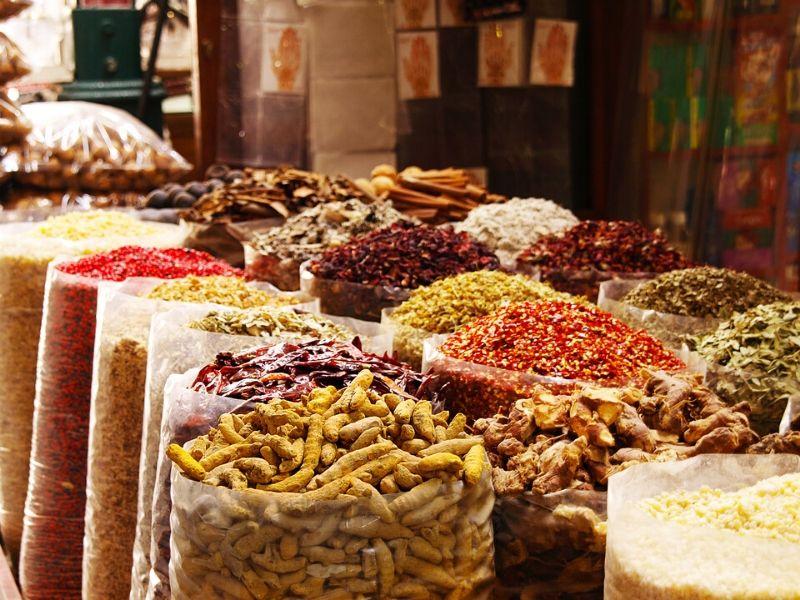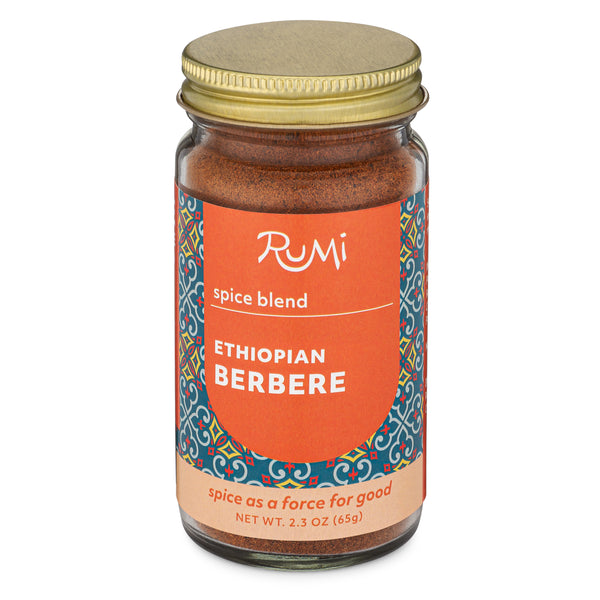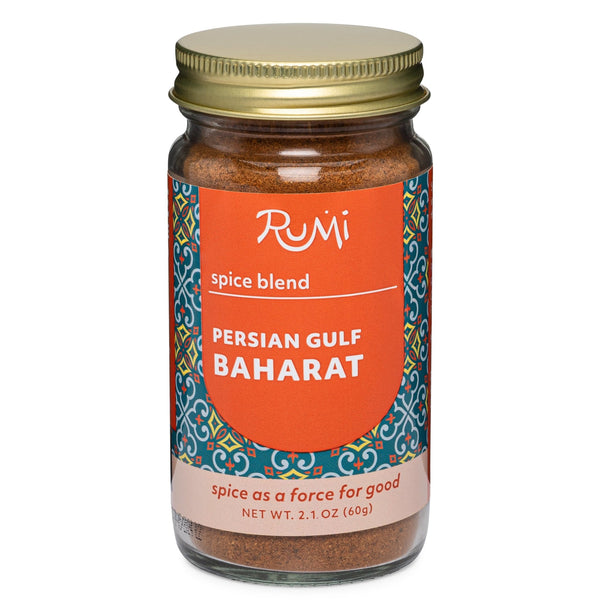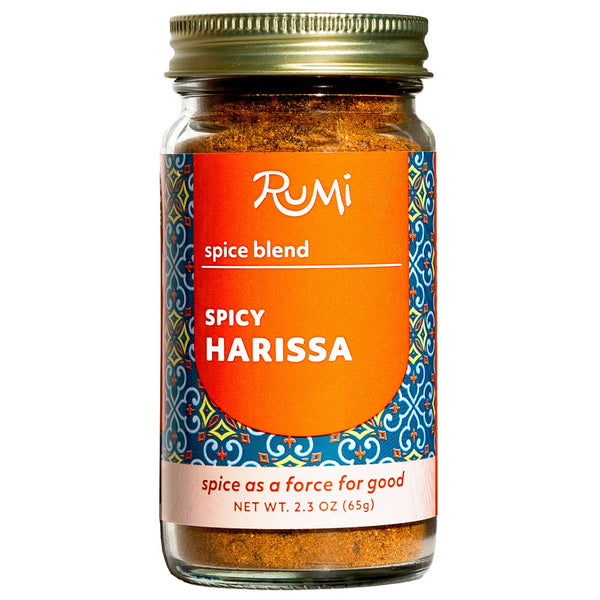How Does Baharat Compare to Other Middle Eastern Spices:
Baharat is often compared to other spice blends from the Middle East, India, & Northern Africa like Garam Masala, Ras el Hanout, Za'atar, & Advieh.
While there are some similarities in ingredients, it would be a disservice to each distinct blend's cultural and culinary legacies to lump them together.
Read on to learn and understand the differences between Baharat and these other popular and flavorful spice blends and seasonings.
Baharat vs. Garam Masala

Garam masala is famous in the cuisine of the Indian subcontinent. Similar to baharat, there is no one standard recipe for this blend, and it varies widely by region and nation. Typical ingredients for garam masala include black peppercorns, mace, cinnamon, cloves, cardamom, nutmeg, and coriander. In Hindi, garam means 'hot,' and masala stands for 'a mixture of spices.'
Although the name indicates spiciness, in actuality, it is a low heat seasoning. It is actually more rich and savory. Garam masala has a warm, strong aromatic flavor that features well in internationally popular Indian dishes like butter chicken and chicken tikka masala.
Baharat vs. Ras El Hanout

pictured: ras el hanout spice blend
Ras el Hanout is a trending blend from Northern Africa, and it often has 12 or more ingredients, including allspice, ginger, turmeric, and chili peppers, among other spices. Our unique take on a traditional Ras el Hanout blend even contains our signature Afghan saffron threads for an added rich, floral burst of flavor.
The name Ras el Hanout translates to 'head of the shop", 'signifying that this blend is made of the highest quality spices by the spice seller. Ras el hanout is a complex mixture of sweet and fragrant and used in soups, rice, and meats.
Baharat vs. Za'atar
 pictured: za'atar spice blend
pictured: za'atar spice blend
Also among popular Middle Eastern blends is Za'atar, a mixture with a very different base and flavor profile than baharat. It is a much more herbaceous, nutty blend, consists of a mix of dried herbs (basil, thyme, oregano, or hyssop), toasted sesame seeds, sumac, and salt. As in many Middle Eastern blends, other spices like cumin and coriander are frequently added.
Za'atar is an ancient blend that existed during Ancient Egypt. Since there is so much diversity in recipes, it is hard to have one definition of its flavor profile. However, it is known to be nutty and tangy with bold herbal flavors. Za'atar can be used in yogurt-based dipping sauces or spreads, or as a seasoning on roasted vegetables, fresh salads, potatoes, flatbreads or pita.
Check out some of our favorite Za'atar recipes here.
Baharat vs. Advieh

pictured: advieh spice blend
Advieh is a Persian blend that simply translates to 'spices.' It is used predominantly used in Iranian cuisine. Common ingredients in this blend include turmeric, cinnamon, cardamom, cloves, rose petals or rose buds, cumin, and ginger. This mix imbues a floral and fruity fragrance to recipes like lamb meatballs and Persian rice.
Make sure to try all of these bold, flavor-packed Middle Eastern spice blends, as we know you will find a favorite recipe to make with each.
Want to learn more about Baharat? Check out the rest of our guide HERE.
Or, click here to buy your own jar of Baharat.





